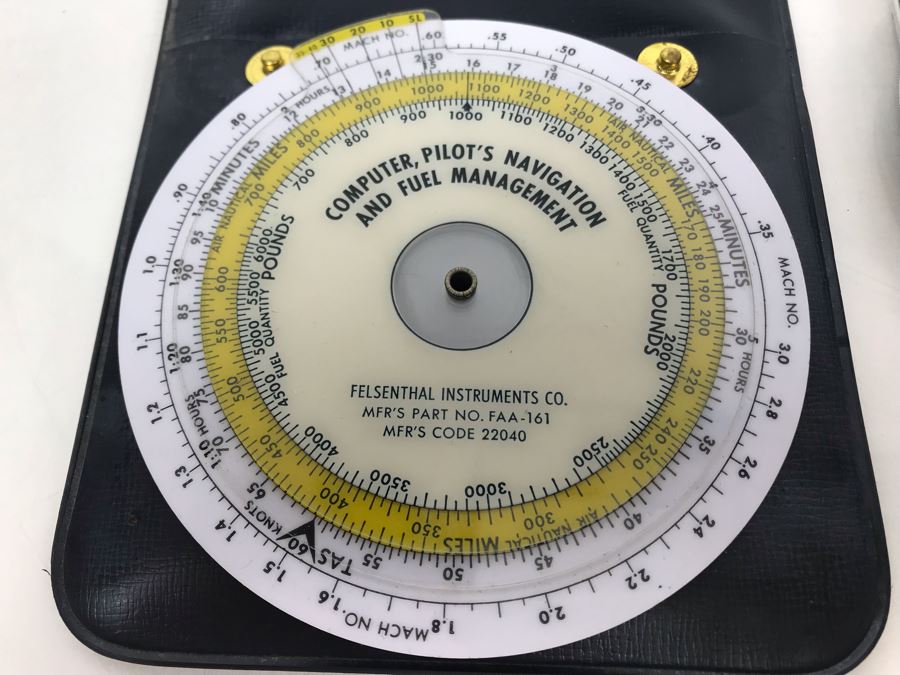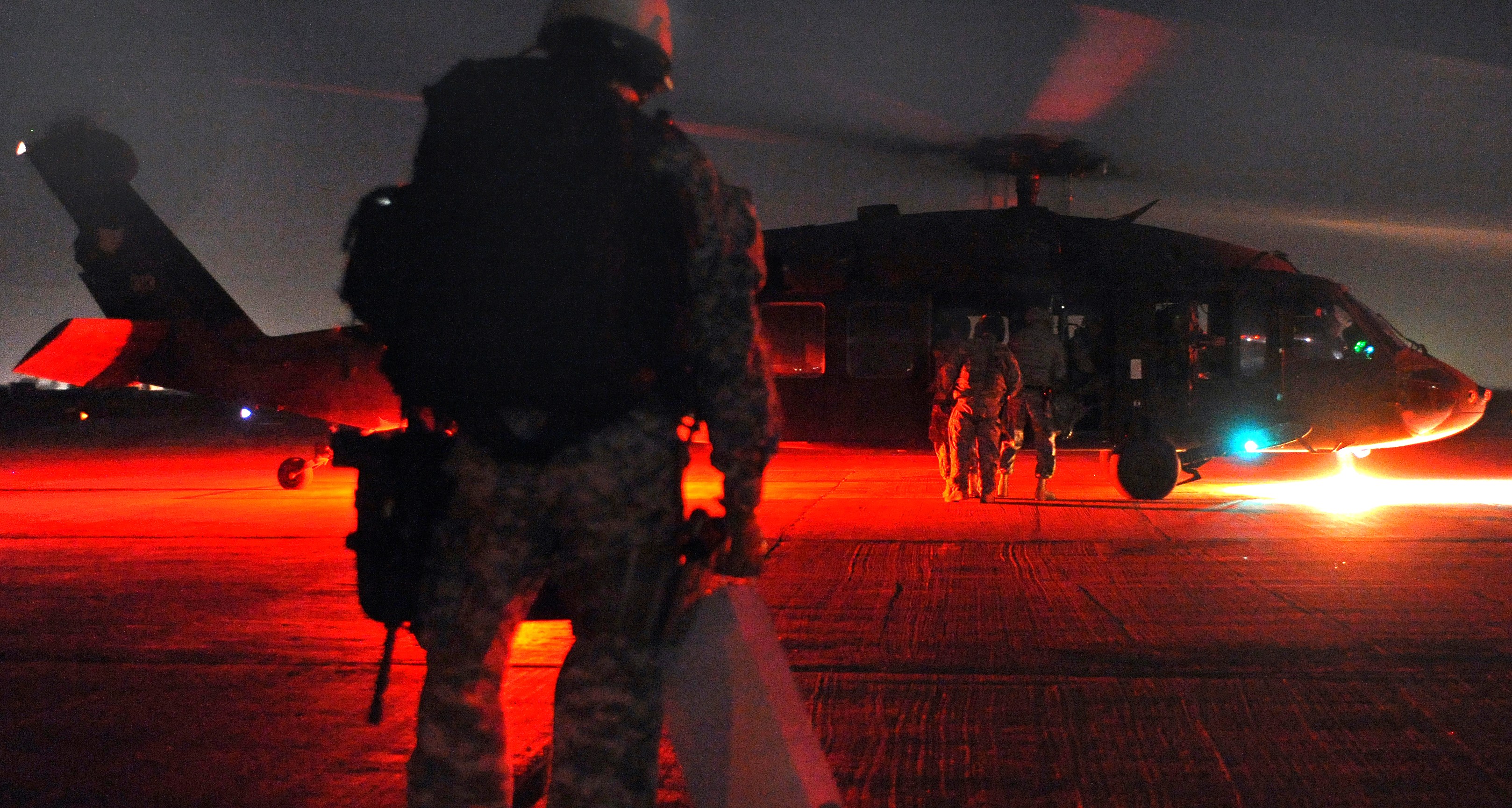

In October 1944 he was posted to liaison duties in England with Royal Air Force Bomber Command. Dalkin remained with 13 Squadron throughout 1942 also serving as Operations Officer, Head Quarters North Western Area until posted south as an instructor at 1 Operational Training Unit in 1943, and later Chief Instructor at Bairnsdale Victoria. 13 Squadron was also awarded the United States Presidential Unit Citation for outstanding performance of duty in action from 13 April to 25 August 1942. On 8 July Dalkin was awarded the Distinguished Flying Cross for 'displaying outstanding courage and determination' in the course of his many operational flights. It was estimated that six enemy aircraft were destroyed in this attack and two others probably destroyed. In addition to releasing their bombs Dalkin's crew machine-gunned grounded aircraft despite intense anti aircraft fire. Two of the aircraft made an attack upon shipping, while Dalkin led the remaining aircraft in an attack upon the aerodrome, diving to 1500 feet before releasing bombs on the enemy aircraft lining the runway. On one occasion Dalkin's crew led a flight of four aircraft in a moonlight attack on Koepang, Timor. During most of these operations his crew consisted of: Sergeant Arthur James Charles Palmer, Sergeant Roydon William Richard Lugg and Sergeant Clifford Douglas Fisher. Over the next ten weeks Dalkin flew more than 200 hours and 24 sorties over Ambon and Timor including three offensive reconnaissance missions, nine strikes and 12 patrols. He immediately commenced operational flying in Hudsons against the Japanese, taking part in the first attack on Japanese shipping and facilities at Ambon in conjunction with a formation from 2 Squadron. On 14 March 1942 Dalkin was posted to Darwin as flight commander of 'B' Flight, 13 Squadron with the rank of flight lieutenant. In 14 months he completed over 50 anti submarine and convoy escort sorties. He was then posted to 2 Squadron at Laverton, Victoria where he undertook conversion training to become a pilot, capable of flying the Lockheed Hudson bomber. Obtaining his commission as a pilot officer on Dalkin was posted to flying training duties at several units before completing a Navigation and Reconnaissance course at Point Cook in Victoria. After two unsuccessful attempts to join the Royal Australian Air Force in the early 1930s he was accepted as a cadet in December 1939. Dalkin was born in England on 21 February 1914 and immigrated to Australia in 1929. The model name and maker's details are printed at the base, next to the following: 'U.S Pat 2,013,603 / Copyright 1934 / by Philip Dalton'.Īssociated with the service of 260612 Flight Lieutenant Robert Nixon Dalkin. There are faint traces of pencilled detail still extant in the columns, and Dalkin has pencilled his name behind one of the air temperature windows. The nature of the celluloid surface allows the pencil to be easily erased.
AIR NAVIGATION COMPUTER WINDOWS
The other (white) side combines a circular 'Dalton Aerial Dead Reckoning Slide Rule Model B', incorporating a pair of windows for air temperature, pressure and altitude with instructions for both altimeter and airspeed meter corrections, containing the legend 'Copyright 1935 / by Philip Dalton' with the rectangular section marked up in columns detailing plane number, date, airspeed meter calibration corrections and a Flight Log, all of which can be filled in with pencil. The transparent side is printed in red and black, and combines a circular 'True Heading Index' and a 'Drift Index' with the rectangular 'Track Lines and Groundspeed Scale' and 'Heading Line and Airspeed Scale'.

Each rectangular sheet incorporates a circular profile at one end which corresponds with the circular overlay. Celluloid mechanical navigation computer consisting of two printed rectangular celluloid sheets (one white, one clear) sandwiched between two circular printed celluloid sheets (one white, one clear) and joined by a small brass rivet which allows each sheet to rotate.


 0 kommentar(er)
0 kommentar(er)
